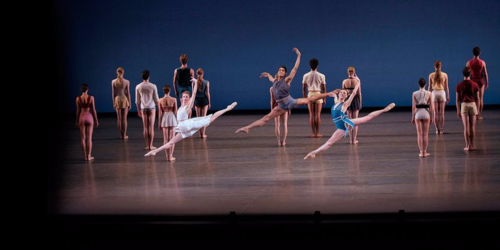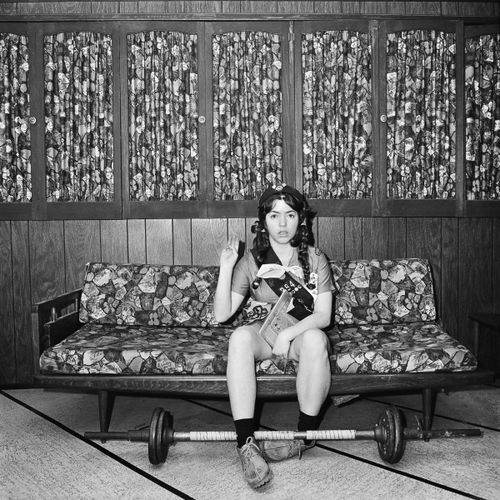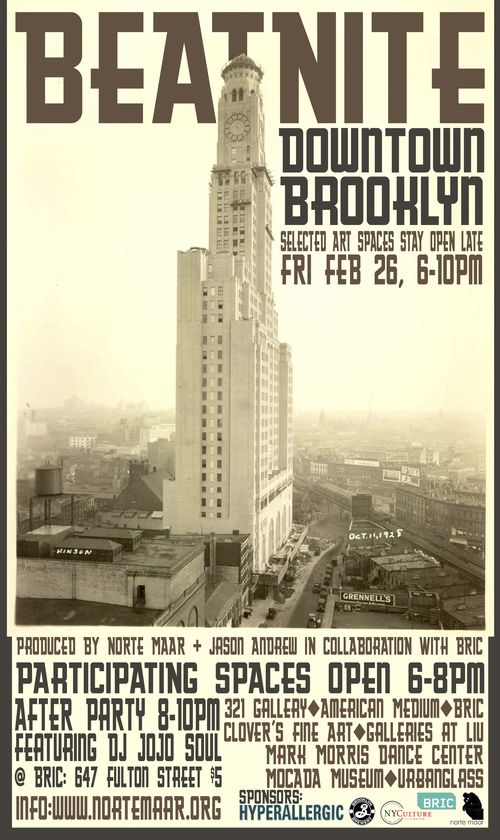James writes:
If this is not turning into a golden age for classical choreography, it is at least becoming a silver age or a bronze. The recurring program of “21st Century Choreographers” at the New York City Ballet gives a welcome overview of this resurgence and highlights the company’s own role in nurturing this surprising turn of events—a surprise, given the uncertain state of contemporary composition in other performing arts.
This season’s “21st Century” program offered work by two of the brightest young stars, Christopher Wheeldon and Justin Peck, but began squarely in the late 20th Century with Ash, a ballet by Peter Martins that premiered in 1991 at the New York State Theater, along with his Infernal Machine from 2002. Some might begrudge a Martins double-header as a case of royal prerogative for the NYCB’s Ballet Master-in-Chief. Yet I appreciated the inclusion for the clear line these two works draw from the NYCB’s founding choreography of George Balanchine and Jerome Robbins—and their connections to and contradictions with more contemporary work.
Ash feels like late twentieth-century ballet, and classic Martins: cerebral, technically demanding, and spare. In its lack of narrative and its appeal to abstraction, the dance is the most Balanchine-like of the program and also the most remote in its tense counterpoint. In the late 1980s, Michael Torke, the composer for Ash, wrote a series of orchestral pieces called “Color Music.” Ash works through a similar interest in Synesthesia—the mixing of the senses—through the use of colored lighting by Mark Stanley and primary shaded costumes by Steven Rubin, which also share an unfortunate affinity to the uniforms of Star Trek. A friend commented that such a dance can be inaccessible, overly taxing on the dancers while offering little to the audience, which is perhaps true. At the same time, I found it exhilarating to watch Ashley Laracey rise above the technical demands put to her and find this ballet’s inner grace.
The story of The Infernal Machine starts out similarly obtuse. In the program, its composer, Christopher Rouse, managed to refer to a play by Jean Cocteau, a connection (or lack thereof) to the Oedipus myth, a “Perpetuum mobile,” and an orchestral tryptich—which goes a long way in saying very little. Instead, this brief, furious pas de deux of Unity Phelan and Preston Chamblee mixes robotic motion and inappropriate groping to an uncertain, uncomfortable, and uncompromising end.
Located between the two Martins was This Bitter Earth, a pas de deux with Sara Mearns and Tyler Angle, with music by Dinah Washington and choreography by Christopher Wheeldon, which premiered in 2012. The ballet has just about everything a contemporary audience might want from dance. Wheeldon is also everything Martins is not: deeply romantic, easily accessible, employing a narrative that is clearly discernable. Here the earth tones of the lighting by Mary Louise Geiger and the dustbowl blues of Dinah Washington—interposed with a techno-beat by Max Richter—gave us a couple dancing on the edge of desperation. I am not always drawn in by the popular emotiveness of Sara Mearns, whose sense for theatricality departs from the traditional coolness of classical ballet, where emotion is conveyed through movement over physiognomy. Some have also criticized Wheeldon for the gender politics of his pairings, which admittedly at moments can become strictly ballroom. But ballet is also ready for such an infusion of red-blooded romance, for a new affection not only between the dancers but also between the stage and the audience. With Mearns perfectly cast in this role, This Bitter Earth delivered its earthly bitterness in spades.
The NYCB may have thought that by including Jeux, a dance by the London-based Danish choreographer Kim Brandstrup that premiered last year, the company was giving a nod to greater gender inclusivity in its selection of choreographers. Unfortunately, this Kim is a man, and this ballet is a manly embarrassment. Drawing on the tropes of film noir, Jeux uses blindfolds and bare bulbs to affect an arch narrative about a woman betrayed. But with business casual costumes by Marc Happel, the dance rather feels like a Bear Stearns holiday party gone wrong, with coworker Craig Hall caught cheating on Sara Mearns with Lauren Lovette, and Mearns saved by the passionate embrace of Adrian Danchig-Waring as, what, the hunky janitor? Cliché piles upon cliché in this ensemble dance that ends with a giant novelty tennis ball (the “jeux”). On my day, Mearns, blindfolded, even inadvertently knocked her head against another dancer’s leg at one point. Clearly she wished she had stuck around on that Bitter Earth rather than head to the big city.
Finally it was time for Paz de la Jolla, the 2013 dance by NYCB dancer and resident choreographer Justin Peck, set to music by Bohuslav Martinu. I say “finally,” because here is the dance many of us had come to see: the subject of the documentary film Ballet 422 and the product of the NYCB’s astonishing wunderkind, who has already choreographed something like twenty-eight ballets—or a number equal to his current age. Peck’s humility in the face of the tradition of Balanchine and Robbins comes across palpably in Ballet 422,—and it is on display here again in his intuitive understanding for classical movement and form. Rather than fight the tide, Peck has a remarkable ability to channel a dancer’s flow, deployed in a sunny ballet inspired by his upbringing in Southern California. What begins in beachy bliss, with splendid Esther Williams-like swimsuit costumes by Reid Bartelme and Harriet Jung, supervised by Marc Happel, transforms into a eddying, swirling tide of abstract, fluid motion. The ensemble becomes the ocean, with arms and legs forming the patterns of rolling surf. Sterling Hyltin and Amar Ramasar become engulfed in the waves, while a third dancer—a lifeguard?—swims out for the rescue. On the day of my performance, Georgina Pazcoguin replaced Tiler Peck in this role, which drew noticeable (and regrettable) disapproval from the audience. Pazcoguin’s gymnastic style gave a different, and not altogether uninteresting, shape to the part, even as we missed Peck’s sinuous forms. But it was the other Peck who was still on full display here—the choreographer in residence who, one hopes, never leaves his home at the New York City Ballet.



